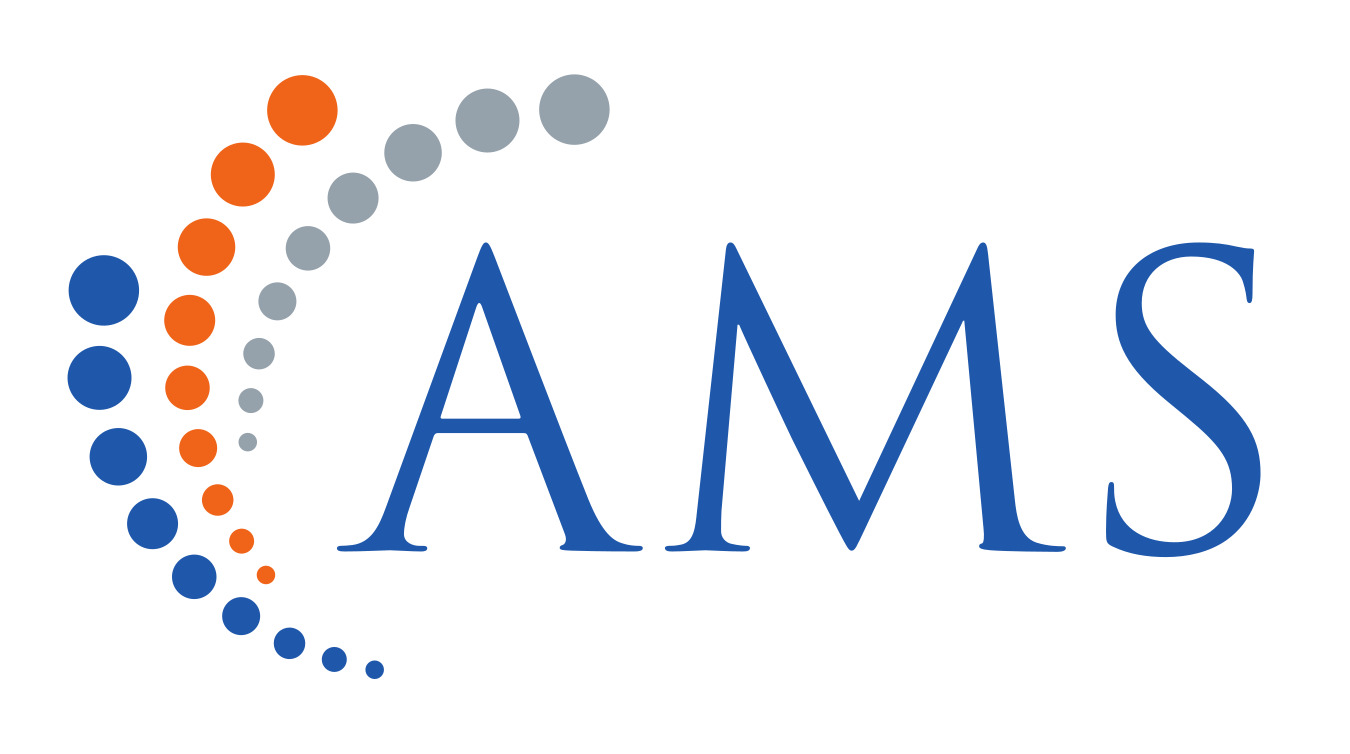Beginning with the outside influences, it can be said that the recent development of combinatorics is somewhat of a cinderella story. It used to be looked down on by “mainstream” mathematicians as being somehow less respectable than other areas, in spite of many services rendered to both pure and applied mathematics. Then along came the prince of computer science with its many mathematical problems and needs — and it was combinatorics that best fitted the glass slipper held out.
A. Björner and R. Stanley, A Combinatorial Miscellany, 2010.
My main scientific interests lie at the interplay between combinatorics on words, numeration systems, formal languages, and automata. I also play with number theory on the side. I like questions related to Pascal’s triangle, binomial coefficients, words complexity functions, distinguished families of infinite words (e.g., automatic, synchronized, regular, morphic, Lyndon, Nyldon, Sturmian, episturmian), all Cobham’s theorems, topics related to factorizations of words (e.g., Ziv-Lempel, Crochemore, string attractors), and pattern avoidance (e.g., fractional powers). And I love sequences of integers, especially the OEIS!
2020 Mathematics Subject Classification: 05A05, 05A10, 05A15, 11A63, 11A67, 11B39, 11B57, 11B65, 11B85, 11J70, 11K16, 28A78, 28A80, 41A60, 68Q45, 68Q70, 68R01, 68R05, 68R15, 68V15, 68V20, 94A45
Collaborations
« I have no hope of getting out of my solitude by myself, says the king builder. The stone has no hope but to be other than stone. But from collaborating, it assembles and becomes a temple ». Saint-Exupéry
At ULiège
Antoine Abram, Émilie Charlier, Célia Cisternino, Bastián Espinoza, Savinien Kreczman, Julien Leroy, Pierre Mathonet, Michel Rigo, Léo Vivion, Naïm Zénaïdi
Worldwide
- Canada: John Campbell, Lucas Mol, Pierre Popoli, Narad Rampersad, Jeffrey Shallit
- China: Shuo Li, Jia-Yan Yao
- France: Jean-Paul Allouche, Julien Cassaigne, Jean-Michel Couvreur, Martin Delacourt, France Gheeraert, Sébastien Labbé, Nicolas Ollinger, Etienne Moutot, Manon Philibert
- Iran: Marieh Jahannia, Morteza Mohammad-Noori
- Italy: Antonio Restivo, Giuseppe Romana, Marinella Sciortino
- UK: Luca Prigioniero, Markus Whiteland, Reem Yassawi
- USA: Eric Rowland



